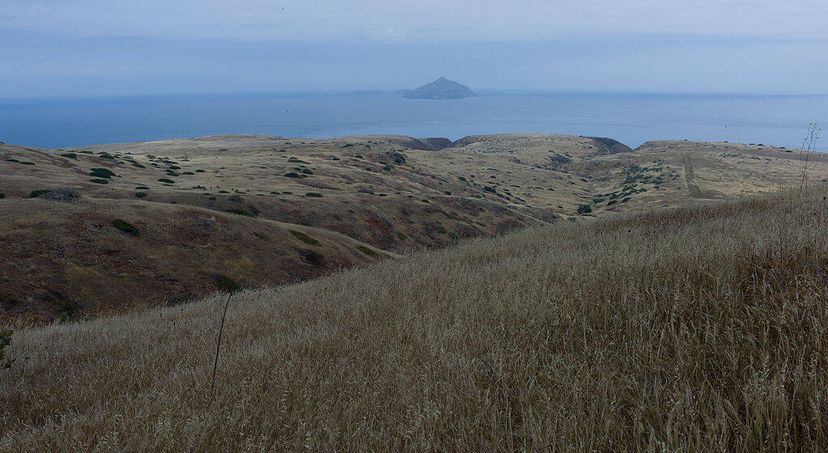
Advertisement
Explore 175 Miles of Undeveloped Coastline
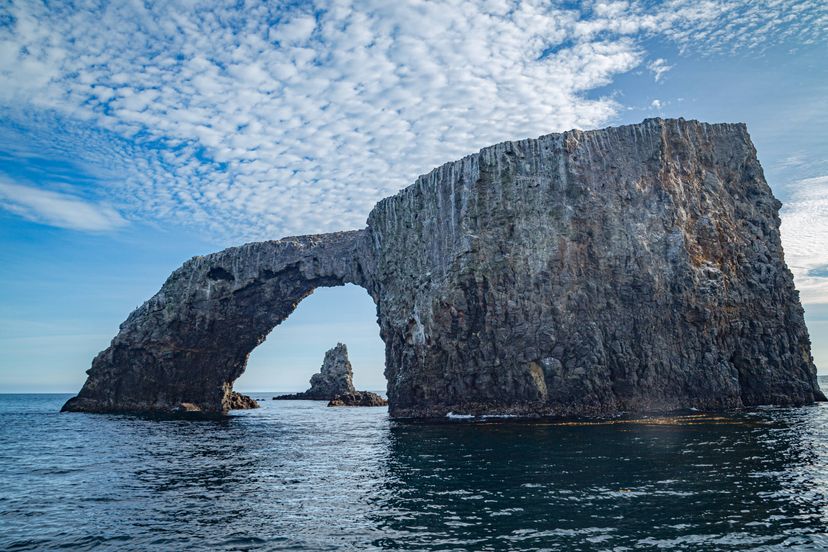
Consisting of five islands located off the coast of Southern California in the Pacific Ocean, Channel Islands National Park is reachable only by park concessioner boat or plane, or private boats. To visit the park is to visit Southern California as it once was — the islands maintain and protect a massive amount of natural and cultural resources, animals, and plants that can be found nowhere else on earth.
Advertisement
Activities in Channel Islands National Park
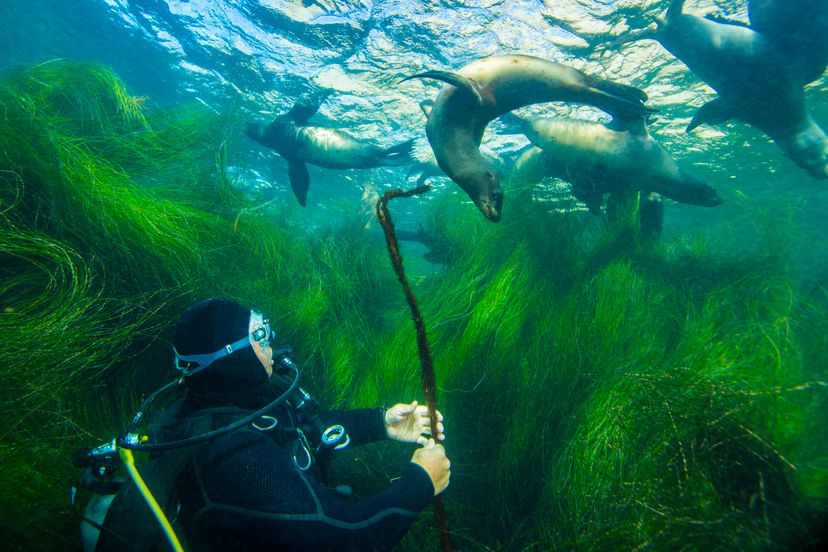
Channel Islands National Park is one of the least-visited national parks, which contributes to the islands’ vibe of solitude. The park is only accessible by boat or by small commercial flights. Island Packers is the park’s official boat concessionaire. It offers transportation to each of the islands and also offers island boat tours, a popular visitor activity.
Island Packers also offers whale watching tours around Anacapa and Santa Cruz Islands. During the summer, more than 10 percent of the world’s whale population gathers in channel water, making the park home to the largest gathering of blue whales in the world. Whale watching can also be done on private boat tours, but boaters should be advised that island coasts provide no anchorage locations.
Santa Barbara, Anacapa, and Santa Cruz Islands provide spectacular kelp forests, sea caves, and coves that are best explored by diving and snorkeling. There are no lifeguards on duty throughout the park, so the park recommends that divers always use the buddy system, and always leave an itinerary with someone on shore before going underwater.
Another popular park activity is the seal and sea lion viewing. This requires a 15-mile roundtrip hike to Point Bennet, located on the western tip of San Miguel Island. The Rookeries on San Miguel Island provide visitors with a one-of-a-kind opportunity to view a colony of thousands of elephant seals. This viewing spot is considered one of the best in the world: more seal species are spotted here than anywhere else.
Advertisement
Visiting Channel Islands National Park
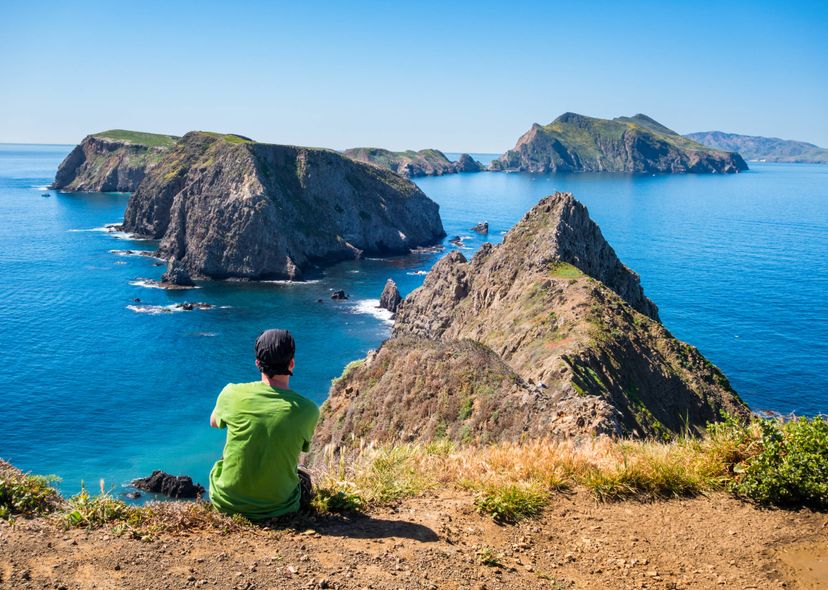
The park is open year-round, and there is no fee to enter the park. The park can only be accessed by boat or plane. It is advised that visitors make transportation reservations. Flight reservations can be made through Channel Islands Aviation, which departs from the Camarillo Airport. If visitors plan to arrive by boat, reservations can be made through Island Packers.
Advanced camping reservations are required for both front-country and backcountry camping. Reservations can be made through the National Recreation Reservation Service. Reservations can be made up to five months in advance. Confirmation notices must be presented to an island ranger upon arrival. Camping costs $15 per night.
Advertisement
Wildlife in Channel Islands National Park
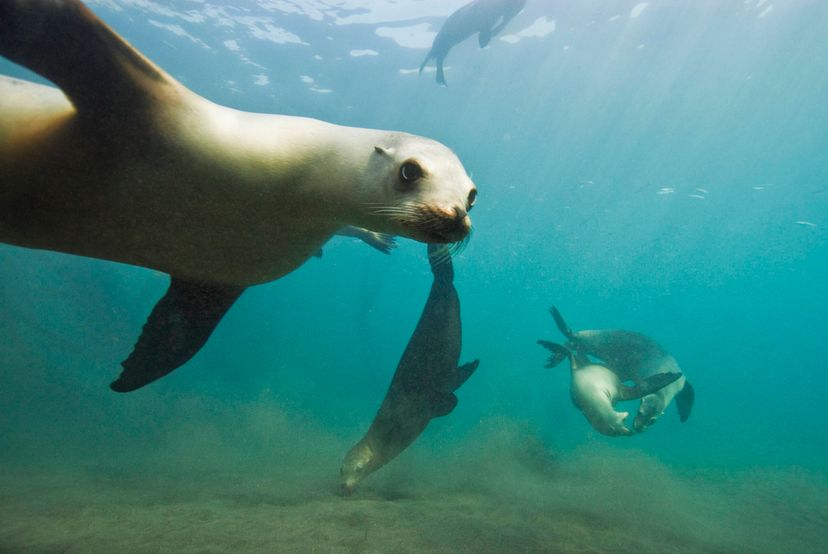
There are more endangered species living within Channel Islands National Park than any other national park unit. The island is home to only four native mammals: the island fox, deer mouse, the harvest mouse, and spotted skunk. The island fox only lives in the Channel Islands. Because of the park’s remoteness, the park is home to fewer native species than similar mainland habitats. Some species, like the deer mouse and island fox, have evolved into distinct subspecies. Many terrestrial species reached the island by flight, or by floating on debris and other material.
The islands are rich in marine life. Dolphin sightings are common, as well as sea lion and whale sightings. Birds are also very common. The islands are considered an important nesting ground for many species of marine birds, including pelicans, gulls, and cormorants.
Advertisement
History of Channel Islands National Park
The islands hold more than 12,000 years of human history. For thousands of years, the islands were inhabited by the native Chumash peoples. Europeans first arrived on the islands in 1542, when explorer Juan Rodriguez Cabrillo reached San Miguel Island. For nearly 200 years, hunters and traders visited the islands for the oil and pelts of seals, sea lions, and otters. These early Europeans contributed greatly to the decline of not only the islands’ marine resources but also of the native peoples of the island, who suffered from the introduction of foreign diseases.
Originally claimed by Spain, the islands fell under Mexican control by 1821, where they remained until California became a state in 1850. The islands were used for sheep and cattle ranching for much of the 19th and 20th centuries. Starting in the 1930s, the U.S. began using the islands for military coastal defense, building light towers, light stations, and military bases. It wasn’t until 1980 that the islands were established as a national park.
Other key dates in Channel Islands National Park history
- 1938 – Anacapa and Santa Barbara Islands are established as a National Monument.
- 1976 – The park is declared an International Biosphere Reserve.
- 1999 – Sheep were finally removed from the island to prevent overgrazing and encourage plant regrowth.
Advertisement